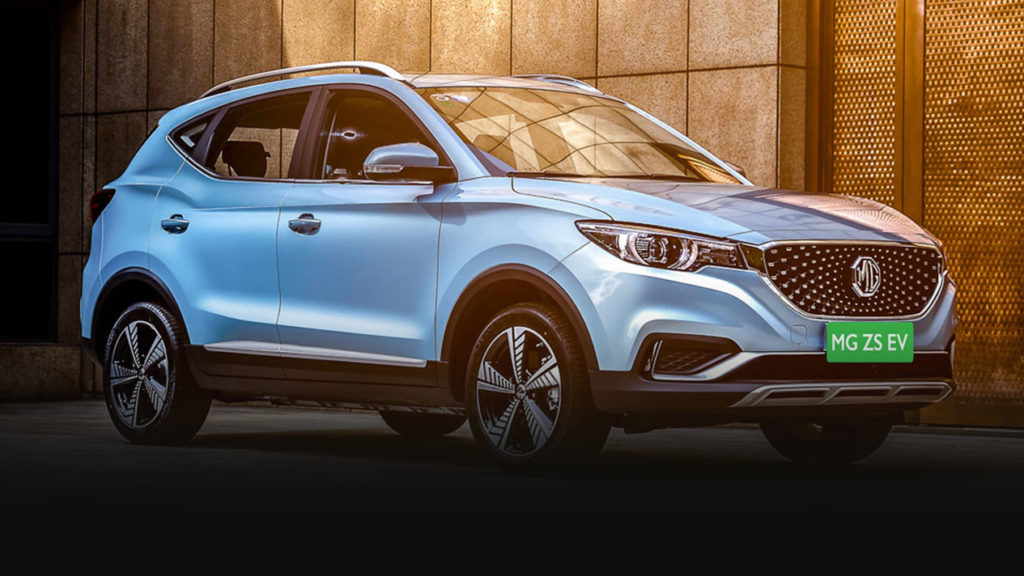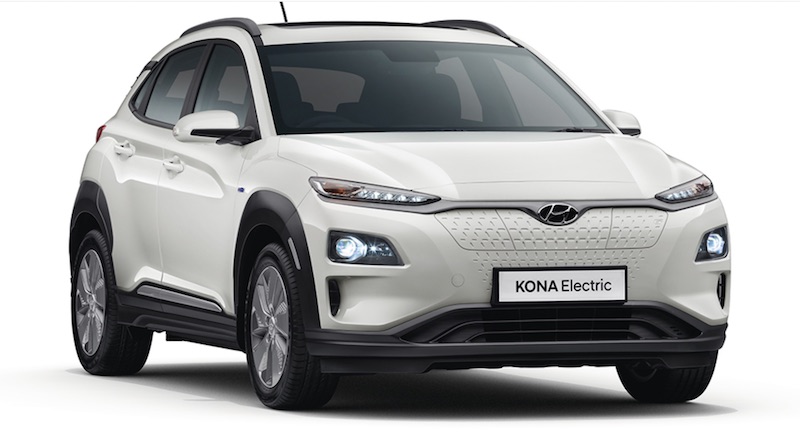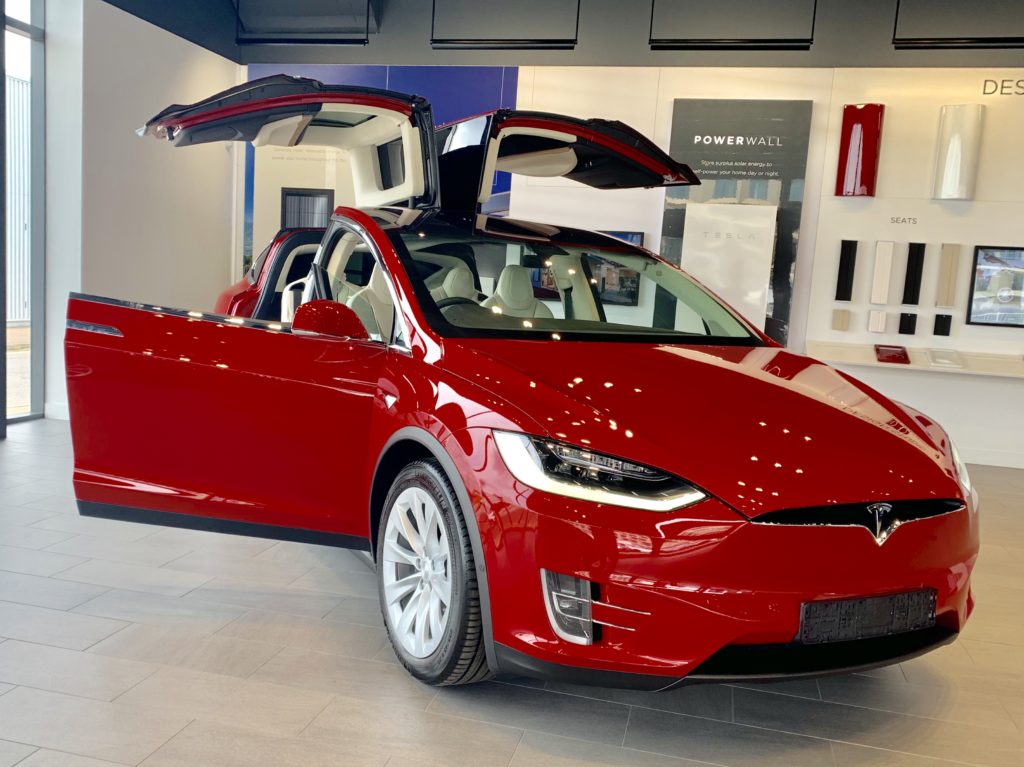Electric Cars: The Basics
For those of you new to zero-emission electric driving, we recommend a read of the following articles:
Sign up to the newsletter
Finally A Driving Technology That Can Create Value From The Incessant Braking On Our Roads: Welcome To The World Of Electric Driving And Regenerative Braking!
I vividly recall my first experience of driving a battery-electric vehicle (BEV). It was not the clean, modern, technology filled interior cabin I remember the most, nor was the absolute silence of an electric powertrain! In fact, what I remember the most is the sensation of ‘regenerative braking’, also referred to as regen. It was as if, there was another occupant sat in the car with me controlling the braking!
- Though regenerative braking is not a new concept, it has risen to prominence only in recent years. In international markets, to include the United States and Europe, regenerative braking is better known due to the comprehensive adoption of non-plug in hybrid vehicles. A good example is the Toyota Prius hybrid vehicle used by Uber drivers! The Toyota Prius’s have graced international roads for over 20 years!
- In India, regenerative braking is a very new concept. However, with the introduction of zero-emission electric vehicles like the all-electric Hyundai Kona SUV, the all-electric Tata Nexon SUV and the all-electric MG ZS SUV, we expect regen to become better known in India.

- The bottom-line, moving vehicles have a significant amount of energy, ‘kinetic energy’, to be precise. For a car to accelerate, energy is required. However, every time the brakes are applied this energy is lost as heat.
- With internal combustion engine (ICE) cars, like petrol and diesel cars, every time the brake is applied, all that energy is wasted i.e. not recaptured or reused. It is hard to fathom the magnitude of energy wasted via the process of constant braking. In India, we have 7 crore vehicles on our roads and we brake incessantly. The cumulative wastage is simply colossal!
- The good news is that with the migration to electric driving in India, this wastage will be reduced, as with electric cars, this ‘wasted energy’ can be recaptured and reused via the process of regenerative braking. Regenerative braking is an advanced braking system used in battery-electric vehicles (BEVs) and plug-in hybrid electric vehicles (PHEVs).

- Electric driving has many benefits to include regenerative braking. The advantage of regenerative braking technology, is that, it recaptures the energy ‘lost’ during braking and stores it in the vehicle battery i.e. to be used to drive the electric vehicle further. The process converts chemical energy to electric energy. Electric cars are powered by electric motors which are connected to the EV battery. In the case of regenerative braking the ‘kinetic energy’ from the process of braking is redirected to the electric motors, which turns the electric motor, making it a generator that creates electricity, instead of consuming it. This electricity is then transferred to the EV battery!
- For those of you that have graduated from an IIT, the science is as follows: the kinetic energy stored in a moving vehicle is related to the mass and speed of the vehicle by the equation e=1/2mv2. All else being equal, if your car is twice as heavy it has twice the kinetic energy and if it is moving twice as fast it has four times the kinetic energy.
- It is important to note that regenerative braking does not significantly increase the zero-emission range. However, what it does is reduce the inefficiencies of driving. Hence the reason why Uber drivers globally opt for the ubiquitous Toyota Prius. The increase in driving efficiency reduces costs per km of driving.

- The latest electric vehicle models come in multiple modes (profiles) of regenerative braking, from most pronounced to least pronounced. The EV driver can choose what is most appropriate for the specific journey. We will continue to witness improvement and advancement in the regenerative braking technology and increase in efficiency.
- On a side note, we would encourage EV drivers to drive in a manner that reduces the need for braking. Despite the advantages of regenerative driving, the process of braking is inefficient. So a practical and common sense approach to driving is prudent.
- For those of you, yet to experience regenerative braking or driving an all-electric car, we would encourage you to walk into your local dealership and take a test drive. Worth the experience!
While e-zoomed uses reasonable efforts to provide accurate and up-to-date information, some of the information provided is gathered from third parties and has not been independently verified by e-zoomed. While the information from the third party sources is believed to be reliable, no warranty, express or implied, is made by e-zoomed regarding the accuracy, adequacy, completeness, legality, reliability or usefulness of any information. This disclaimer applies to both isolated and aggregate uses of this information.


























